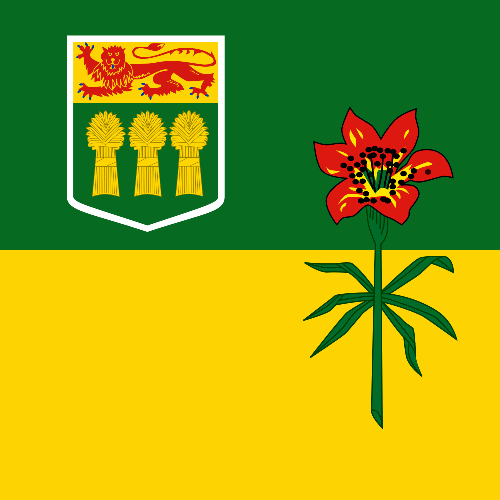| (a) | Differentiate between primary production (i.e., raw agricultural products such as cereal grains or vegetables) and value-added agricultural products (e.g., fruits made into pies or jams, meats made into jerky). |
| (b) | Explore the origins and uses of agricultural by-products (e.g., poultry feathers for pillows, canola meal for livestock feed, flax straw and hemp for building materials, straw from cereal grains for bedding for animals or ethanol production). |
| (c) | Assess statistics related to Saskatchewan’s exporting and importing of both primary and value-added agricultural products. |
| (d) | Investigate the importance and application of standards and regulations for export, import and trade in agricultural products within Canadian and international contexts. |
| (e) | Compare Indigenous approaches to food production within First Nations communities in Saskatchewan pre- and post-contact. |
| (f) | Examine factors (e.g., religious, social, cultural, ecological and economic) that influence agricultural practices. |
| (g) | Describe the relationship between sustainable agriculture and sustainable food systems. |
| (h) | Discuss the importance of soil health and sustainable soil management practices. |
| (i) | Examine current practices that have improved the sustainability of agriculture in the province (e.g., no till seeding and variable rate technology). |
| (j) | Research innovations in sustainable agriculture practices that are attributed to Saskatchewan. |
| (k) | Identify emerging sustainability actions being undertaken voluntarily by Saskatchewan food producers. |
| (l) | Explore factors (e.g., availability of cultivated farmland, innovations in crop varieties) that have helped to position Saskatchewan as a major global supplier of food. |
| (m) | Examine the impact of scale of operations (i.e., small garden plots, 5 acre plots, 10,000 acre plots) on food production in Saskatchewan, including social, economic and environmental factors. |

The field-to-plate documentary series follows host, Jenn Sharp, as she travels across Saskatchewan and learns about 8 ingredients. Jenn joins farmers, growers, artisans, and chefs and discovers how these simple ingredients are elevated into mouthwatering dishes.
Season 3 features a dedicated episode for each of these topics:
- Saskatoon Berry
- Garlic
- Yeast
- Wild Rice
- Potato
- Egg
- Bison
- Salt
Run time is 22:30 for each episode.



Flat Out Food - Season 2
From the water to the forest, to wide open fields, Saskatchewan produces some of the finest food in the world.
Flat Out Food traces local ingredients from the field to the plate with the help of host Jenn Sharp. She travels through the province, meeting the farmers, the food artisans and the chefs who make Saskatchewan’s culinary scene shine. This documentary series highlights unique Saskatchewan ingredients and their journey from the field to the plate. Season 2 includes the following episodes:
- Walleye
- Milk
- Tomato
- Pork
- Rhubarb
Each episode is 30 minutes in length.



